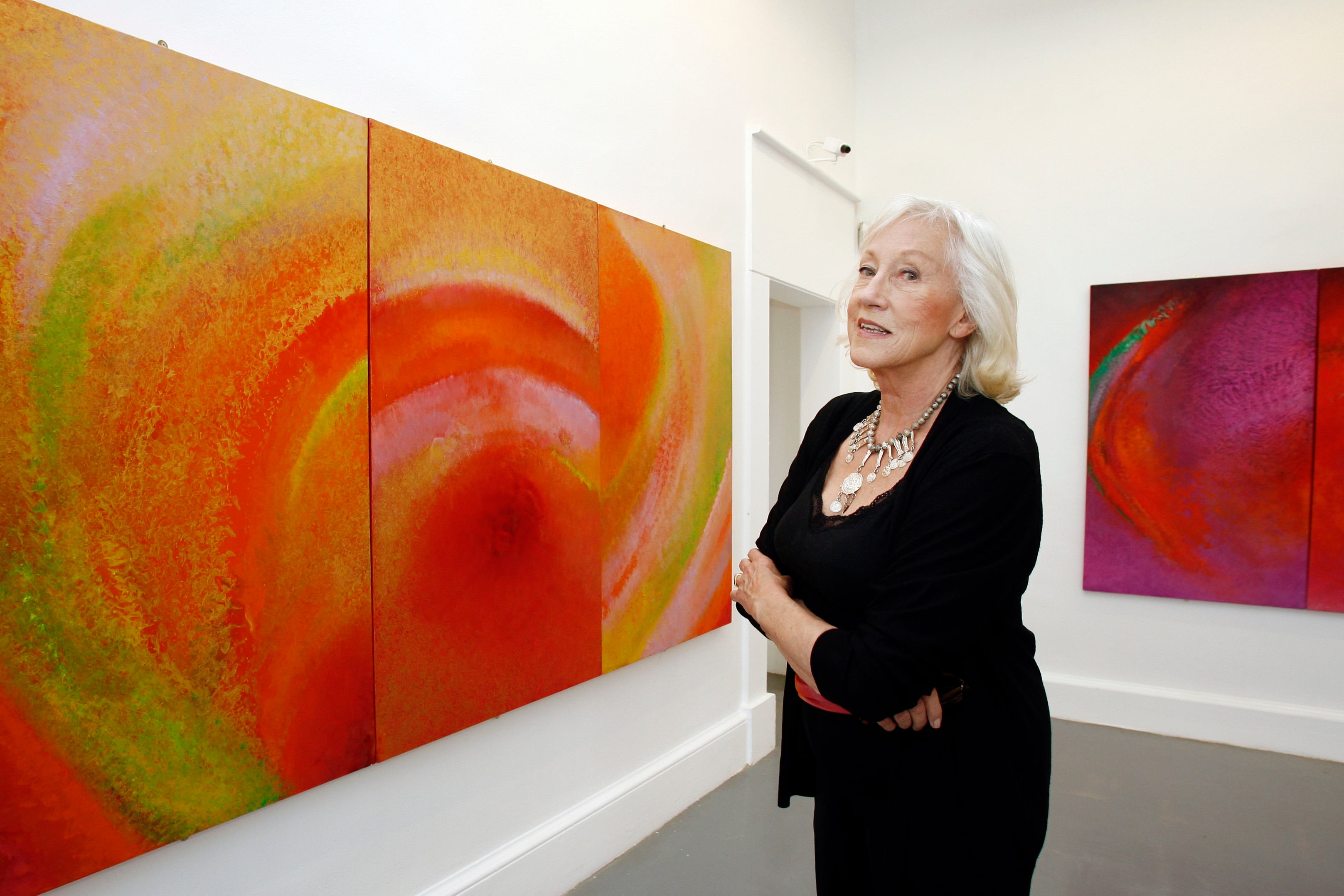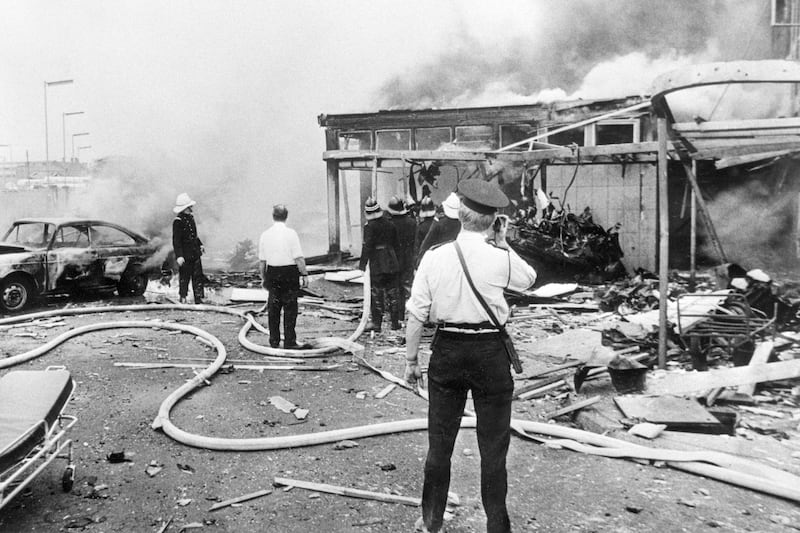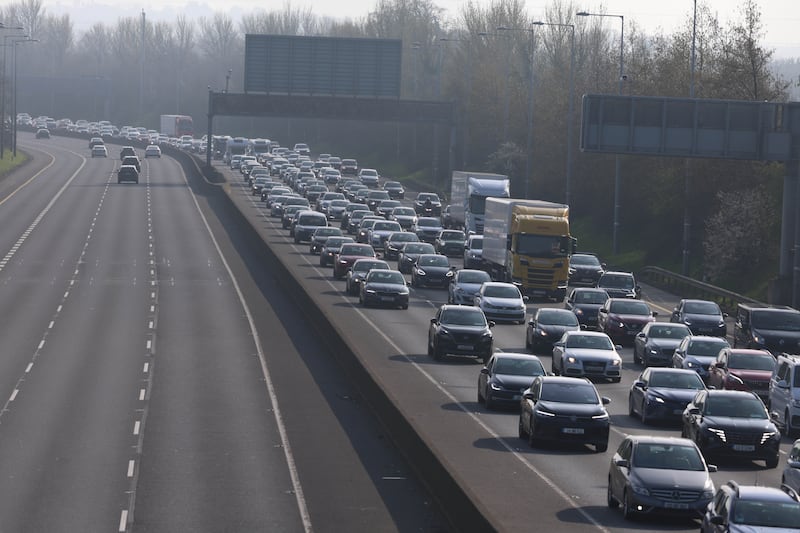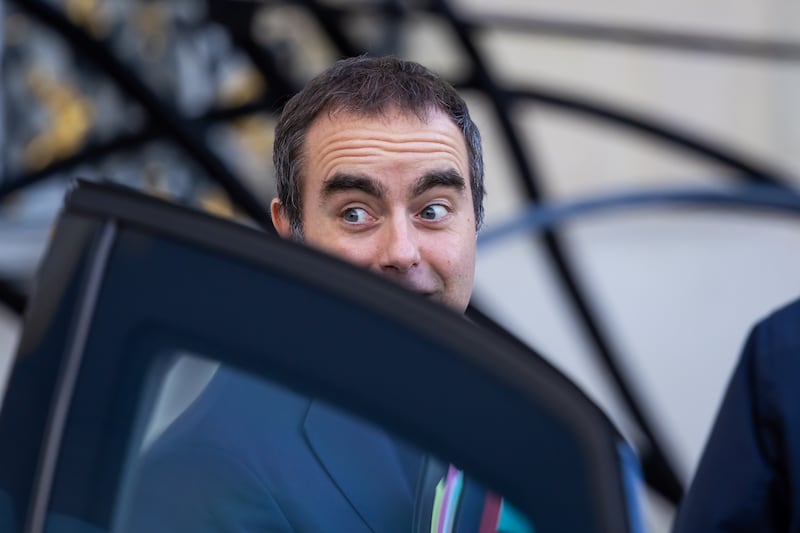Daniel Craig has had one. David Beckham’s got one. Most famously of all, when she visited Ireland, Queen Elizabeth was chauffeured around in one (and has owned and driven several of her own). The Range Rover has long been a stolid symbol of low-key aristocracy and celebrity. There are other, much flashier luxury 4x4s which fall prey to the dreaded bling of over-decoration and ostentation. The Range Rover almost never has, being closer in spirit to an English country house – imposing and grand, but not flash. Very much old money.
So it may come as something of a surprise to find that the man in charge of bringing the new Range Rover, the sixth generation of the car, to the market hails from Dundalk. Rory O’Murchu has worked with Jaguar Land Rover for 18 years now, and since 2019 has been the vehicle line director for Range Rover.
“That basically means I cover all aspects of running what’s effectively a business unit within Jaguar Land Rover, which focuses on designing and building the Range Rover and Range Rover Sport,” O’Murchu says. “The bulk of my work is spent on the development of the actual vehicle, but I also have to cover the design side, the commercial side, the finance side.”
It’s very easy, he says, to get sucked back in to focusing on the nuts and bolts of the car, and miss the wider view of the commercial aspects of actually selling it. “Yes, it’s true. I’m a product guy by experience, an engineer, and a lot of us with that kind of background have gone on to vehicle line director positions. But obviously you have to keep an eye on the business case too, to make sure that all makes sense. Obviously, that’s a very important point.”
READ MORE
After school in Dundalk, O’Murchu went north of the Border for his higher education, earning an MSc in mechanical and manufacturing engineering from Queens University of Belfast. He’s since worked across several different departments at Jaguar Land Rover, but landing the job of recreating the Range Rover for the 21st century was a big task.
“The thing is, when you’re trying to replace a car like the Range Rover, you just don’t want to mess it up‚” O’Murchu says. “Because that DNA in the Range Rover is so special, it’s basically a case of trying to take the same ingredients but come up with a tastier recipe at the end.”
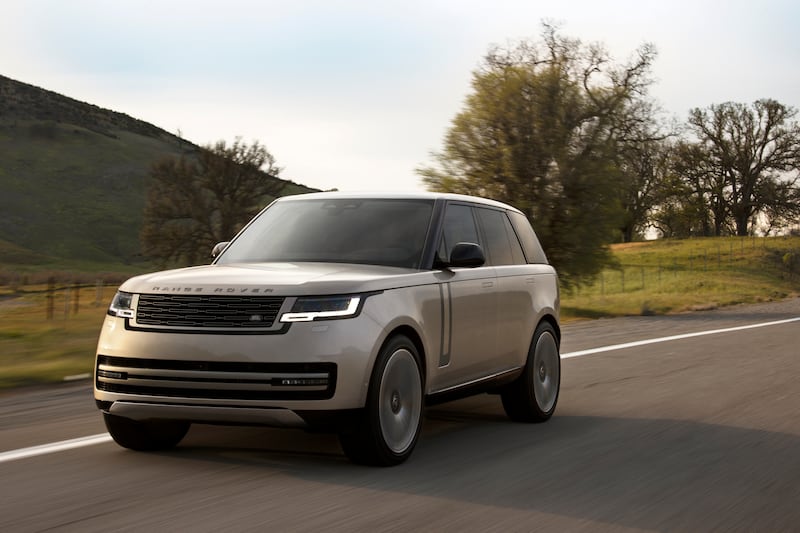
For a car that can now, in top-spec form, almost reach €300,000, O’Murchu insists that it still has the relative humility of the 1970 original, although comfier than the Land Rover, it was based on still had hard-wearing vinyl seats and a boot specifically shaped and sized to be able to carry a bale of hay. That first Range Rover was designed to work hard on the farm during the week, but then be polished up and driven into town at the weekends.
“I think the thing that’s great about the Range Rover, and what makes it distinct from some of our competitors, is that it’s still got that humbleness from our roots as a brand,” O’Murchu says.
“It’s not adorned with chrome and all that busyness. So although it’s a very luxurious car now, it still has that down-to-earth-ness. That’s reflected in our customers, many of whom are very much self-made people who themselves have come from humble roots.”
One thing that the current Range Rover lacks is a fully-electric version. An all-electric Range Rover will go on sale in 2024, but given the current clamour for electric cars, does O’Murchu worry that Land Rover might have missed the boat in terms of getting an early foot in the electric car door?
“I don’t think so,” he says. “The first thing to note is that the architecture of the car has been engineered for fully electric power, and indeed it can be equipped with any kind of power source, from petrol or diesel to battery-electric.
“I think the key thing is to make sure that the battery technology was in the right place, so that when we come to launch an electric Range Rover the technology is ready to give us that incredible range on one charge. So I think we’ve gone about it in the right way, and I think in the meantime our new plug-in hybrid offering is very credible.
“You know, it has a 113km range on a full charge of its battery, and when I look at what some of our competitors are doing with their plug-in hybrid and electric offerings, I just don’t think that they have the style of the Range Rover. So I think we’ve done the right thing, we could have rushed it out, but it might not have been the best if we had done. And the best is what the Range Rover has to be.”

O’Murchu gets home regularly, and his parents come to visit him pretty regularly too so the Dundalk connection hasn’t been lost. “I suppose on average either I’d be home or they’d be over every three or six months” he says.
“Mum and dad love coming over to see the grandchildren, so that connection with home is still really strong. The only problem is that my wife prefers to fly home, and being a car guy I prefer to drive back – it’s always a pleasure, that drive up through Wales.”
Does it feel odd to be back home and spy an expensive, luxury car that he’s helped to create rolling around the Dundalk streets on which he grew up?
“Yeah, you get you get a strong sense of reward from that. Seeing a Range Rover driving around with the Irish plates, it’s nice‚” O’Murchu says.
